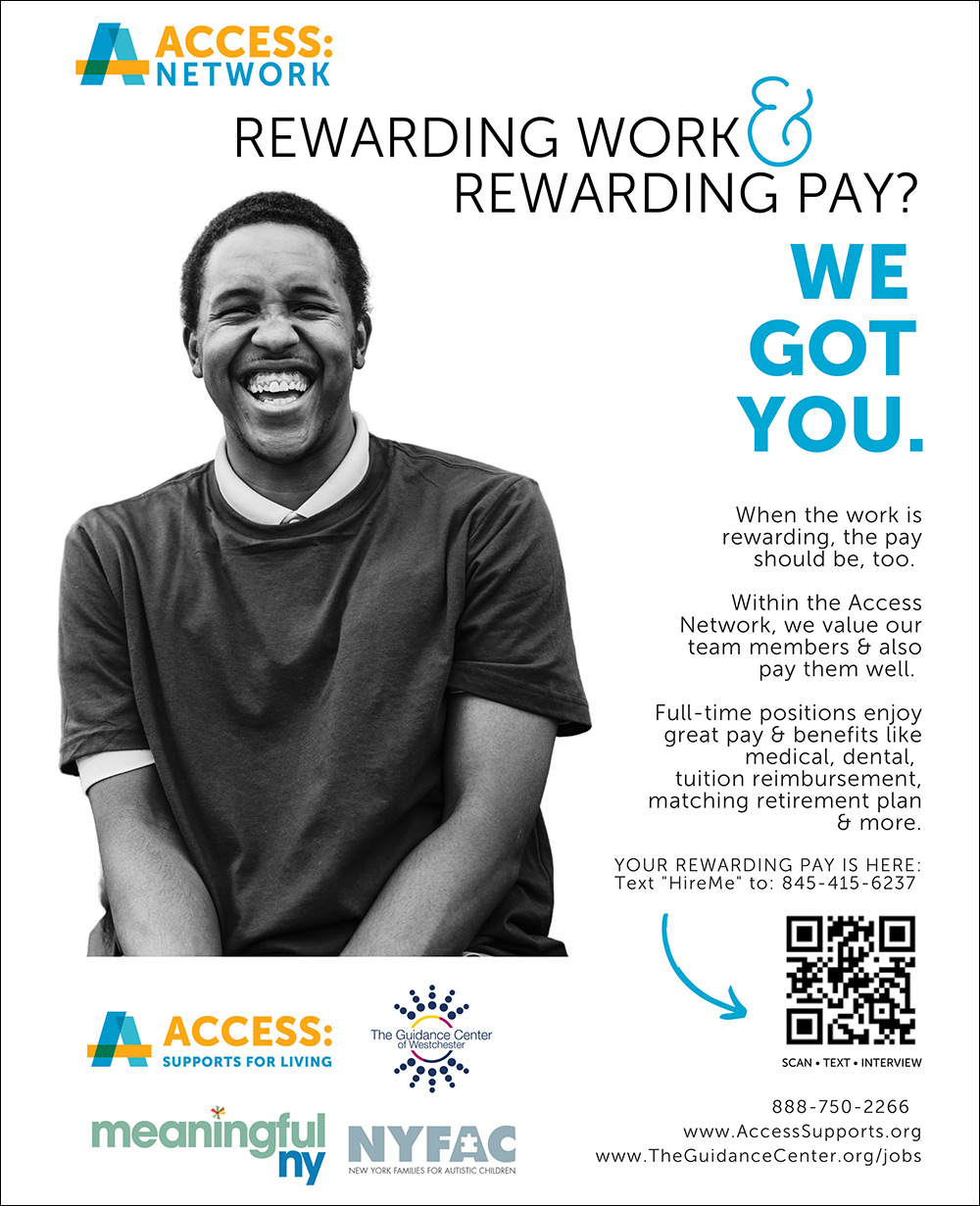When someone you care about is struggling with alcoholism, substance use, mental health and well-being, finances, employment, or housing, I suspect you will feel compelled to get them support. You may even want to be involved and see them through to the other side of their challenges. As a professional working in the field of behavioral health or social services, you may already know of resources that can be of assistance. But what if you didn’t? And the person struggling is a family member? What would be most helpful in this scenario? What would you want to know and how would you like to be considered in this loved one’s care process?

As professionals in behavioral and social determinants of health care, we have a responsibility to create care pathways and access to care that meet the needs of those who seek services and supports. This responsibility extends to include best practices which lead to the intended outcomes of healing, recovery, and well-being of those we serve. Given the growing body of research noting relational approaches as beneficial to healthcare utilization, cost saving and treatment outcomes (Crane & Christensen, 2012), intentional integration of families in care is imperative.
A Relational Perspective
Helping professionals understand the importance of relationships in the change process. This understanding informs interactions with those served as well as efforts to strengthen relationships to promote, restore, maintain, and enhance the well-being of individuals, families, social groups, organizations, and communities (NASW, 2021.) Whether one directly draws on relational theories of Adler, Bowlby, Freud, Rogers, and Winnicott or has a cursory exposure to concepts of person-in-environment, the helping and treatment process can be strengthened or harmed based upon how relationships are considered and incorporated into care.
Chosen and biological families take many forms. From single individuals with a supportive chosen family of others, to couples, adoptive parents with children, and multiple generations of biological and blended families, our care pathways do well to consider how to support the full range of family constellations in care. When thinking about how to thoughtfully integrate the full range of potential family supports, one must be mindful of the full system of care. Do your website, social media, and outreach materials reflect images of multiple family structures? Does your intake/assessment process explore the relationship supports who may be referred to as family by the individual seeking services? Can your process begin to engage and signal support for partners, chosen family, and other family members to be involved in care?
A Case Example
Jed (pseudonym) contacted The Guidance Center of Westchester (TGCW) centralized welcome and engagement center using the toll-free 888-TGCW-CAN hotline. During his call, the engagement specialist collected contact information and his inspiration for contacting TGCW. Jed disclosed that he struggles with anxiety and depression and has been using heroin. He was reportedly told by his parents that he wouldn’t be able to stay at home anymore unless he got help for his mental health and addiction. Jed was scheduled for intake the next morning at the dual OASAS and OMH licensed Opioid Treatment Program METRO and advised us that he had transportation via his mother.
At his initial appointment, Jed was asked by the psychotherapist about supportive individuals in his life who may be or be considered to be family. Jed talked about his parents, cousins, and a long-term friend who lived in Texas. His psychotherapist also asked if and how he may want to involve these individuals in his care. This prompted a thoughtful discussion by Jed and his psychotherapist as to the challenges he experiences with each of the named family members, his concerns about confidentiality, as well as their roles in his substance use. His psychotherapist assured Jed that any involvement with these individuals would be at his discretion and with his permission, which would be further discussed and evolve as part of his care. Although he described it as a “long shot,” Jed shared that one day he would like to be able to visit his friend in Texas, work, and get his own apartment.
During the early phase of his treatment, Jed did not feel comfortable involving his parents to the level of their expectations. He wanted complete privacy in his care and did not want his parents involved. His parents frequently called attempting to get more information and involvement in his care. As his psychotherapist, psychiatrist, and treatment team continued to honor his process and support him in negotiating with his parents about their involvement, he felt empowered to make the decision to eventually invite his mother to a family session after dosing hours (to ensure privacy for other program participants.) Over time, both of his parents became increasingly involved in Jed’s care and their own supports.
Family sessions with Jed and collateral family sessions with just his parents enabled them to learn about opioid addiction and resources, medication assisted treatment, the complex co-occurring conditions Jed experienced, and how to engage Jed without exacerbating emotional dysregulation or further substance use. Jed’s parents became informed advocates for his recovery process and care. With the full support of his care team, parents, and out-of-state friend, who also attended some of his sessions virtually, Jed qualified for a care-team-authorized, out-of-state trip with take-home bottle privileges to visit his close friend in Texas.
Now in the maintenance phase of his care, Jed is working with the vocational services team of TGCW to prepare for further progress in achieving his life goals of employment and independent housing. Strengthened by the experience of working together during previous phases of Jed’s recovery process, his parents now serve as supports for his continued healing and recovery process.
A Path Forward
As behavioral and social determinants of health care continue to evolve and operate with stretched resources, empowering and engaging family becomes even more critical to the care process. The greatest opportunity for integrating family in care is in the minds and hearts of those of us in the behavioral and social determinants of health care field. From restoring fractured relationships to cultivating a larger system of support involving families, valuing the importance of human relationships includes those individuals who most interact with those we serve.
Shawna Marie Aarons-Cooke is SVP of Programs at The Guidance Center of Westchester. The Guidance Center of Westchester is part of the Access Network – a group of agencies led by Access: Supports for Living. Together, the nearly 2,200 staff of the Access Network provide support to more than 17,000 adults and children with mental health and substance use needs, developmental disabilities, children, and families facing challenges, and those who need support with housing and employment across New York’s Hudson Valley, the five boroughs of New York City, and Long Island.
References
Crane, D. R., & Christenson, J. D. (2012). A summary report of the cost-effectiveness of the profession and practice of marriage and family therapy. Journal of Marital and Family Therapy, 34, 204–216. https://doi.org/10. 1007/s10591-012-9187-5
National Association of Social Workers (NASW). (2021). National Association of Social Workers Code of Ethics. https://www.socialworkers.org/About/Ethics/Code-of-Ethics/Code-of-Ethics-English









The article was insightful and informative. It showed how complex serving clients could be when the family wants to be involved, but the client struggles with full transparency or wants autonomy in their recovery. It also shows how impactful involving the “village” is in recovery, referring to the proverb, “it takes a village to raise a child.”